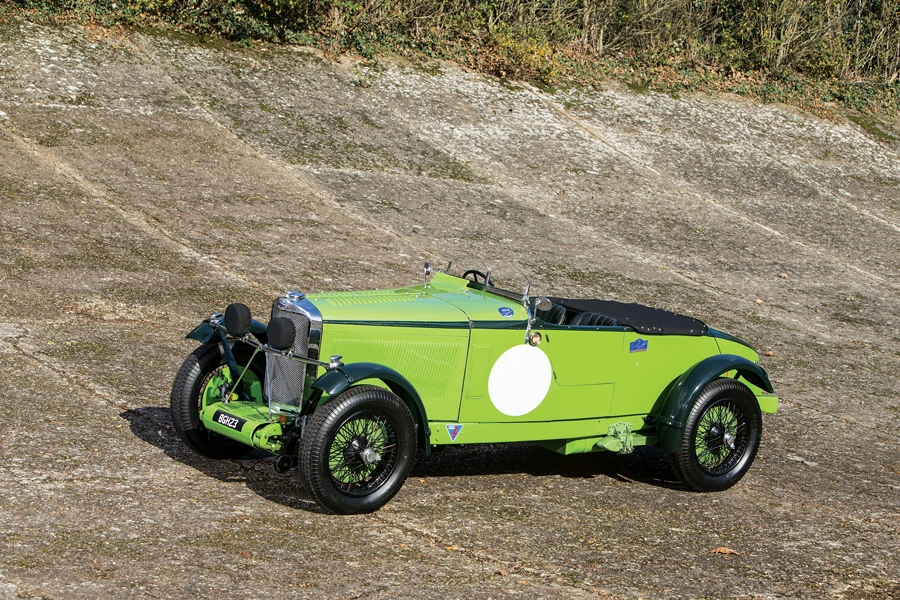Chassis Number: 38706
Simply the best. No other phrase better sums up BGH 23. In its day, this was the outstanding British sports touring car.
Georges Roesch’s long line of “Invincible Talbots” needs little introduction to the discerning car connoisseur, and only a combination of poor luck and poor timing meant they never achieved the big-race overall victory which would have made the Talbots from Barlby Road, London, W10, much more widely appreciated.
Talbot competed so widely within their period that BGH 23, as offered here, is eligible for all of the great historic rallies and major-circuit events, such as the Mille Miglia Retrospective, the Le Mans Classic, the Endurance Rally Association’s Alpine Tour and Flying Scotsman, and of course the Goodwood Revival Meeting — in all of which Talbots in recent years, as in period, have proved extremely capable and competitive.
This imposing car is the ultimate Talbot development of the company’s Swiss-born chief engineer, Georges Roesch, and of all the Works and Works-supported team sports cars that he conceived and developed to perfection, BGH 23 is the only one which raced with the much more potent 3.3-liter 110 6-cylinder engine fitted by the factory in period.
Therefore, BGH 23 can be described as being the ultimate expression of the big, four-seat, British sports-racing car. The car is from a sporting tradition founded in British Racing Green by Bentley and carried on — in varying liveries — by both Lagonda and, quite hyperactively, by Talbot.

